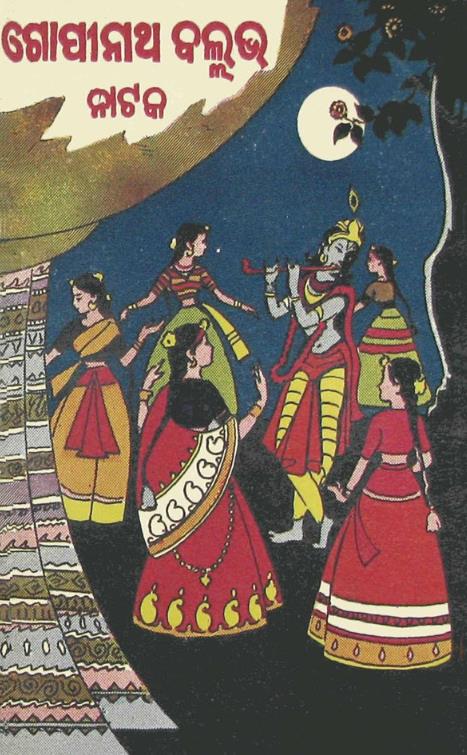The rich tapestry of Indian literature often intertwines with the profound legacy of its theatrical traditions. Among the gems that stand out is Gopinatha Ballabha Nataka, a drama penned by the celebrated playwright Raghunatha Parichha. Originally published in 1868, with a third edition in 1959, this work encapsulates the essence of Odia culture and the emotional intricacies of human relationships, making it a quintessential piece of literature for enthusiasts of Indian theatre.
Gopinatha Ballabha Nataka unfolds around the central figure of Gopinatha, a symbol of devotion and love. The narrative primarily delves into the themes of romance, sacrifice, and the unwavering bond between the divine and the devotee. Raghunatha Parichha intricately weaves a tale set against the beautiful backdrop of Odisha, showcasing not only the splendor of its landscapes but also its rich cultural heritage.
The play’s dramatic essence is palpable through its characters, each representing a facet of society. Gopinatha, the protagonist, embodies the ideal of worldly attachment tempered by spiritual pursuit. His love story—fraught with trials and tribulations—serves as a canvas to explore deeper philosophical undercurrents, illustrating the tension between material desires and spiritual fulfillment.
A notable aspect of Gopinatha Ballabha Nataka is its sub-drama elements, which enhance the overall narrative. These smaller, interwoven stories often reflect the broader themes of the play while adding layers of complexity to character arcs. They provide respite from the main storyline, allowing for moments of levity, introspection, or moral lessons.
Sub-dramas in the play often highlight the lives of supporting characters—relatives, friends, and spiritual guides—creating a rich tapestry of interactions that emphasize the societal norms and values of the time. For example, the portrayal of the confidante character offers insights into the expectations placed upon women, providing a critique of gender roles prevalent in the 19th century.
Symbolism abounds within these sub-dramas, as everyday occurrences are imbued with deeper meanings. The act of farming, for instance, might symbolize the cultivation of virtues, while festivals and celebrations serve as reminders of communal unity and the cycle of life. Such elements resonate with audiences, allowing for a connection that transcends time and cultural boundaries.
The enduring legacy of Gopinatha Ballabha Nataka lies in its ability to reflect the socio-religious milieu of its time. Raghunatha Parichha’s work not only entertains but also educates, prompting audiences to reflect on their values and beliefs. The play stands as a testament to the idea that love, whether for a divine figure or a fellow human, is a powerful, transformative force.
Books Info
| Books name | Gopinatha Ballabha Nataka / ଗୋପୀନାଥ ବଲ୍ଲଭ ନାଟକ |
| Author | Raghunatha Parichha |
| No Of pages | 103 |
| Publisher | Odisha Sahitya Ekademi |
| Publication | 1868, 1959 (3rd ed.) |
| Printed At | Pandita Bhubaneswara Mishra/ Bharati Press |
| Distributor | NA |

